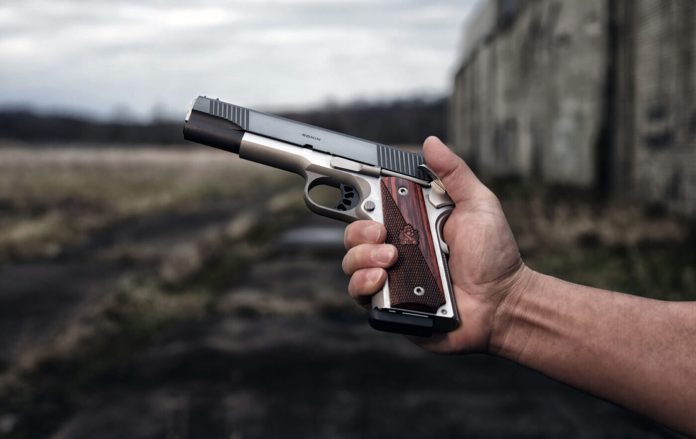As a new gun owner, getting the right sights or scopes can be daunting. With so many options out there, how do you know where to start?
This beginner’s guide will walk you through the basics so you can find the perfect sighting device to match your needs.
Understanding the Lingo
The world of gun sights and scopes comes loaded with technical terms and jargon. So, before we dive in, let’s decode some of the key lingo you’ll encounter:
- Magnification – This refers to how much a scope enlarges your view of a target. For example, a scope with 3x magnification makes targets appear 3 times closer. Higher magnifications allow for greater precision at longer ranges.
- Objective lens – This is the larger front lens on a scope that gathers light. The size of the objective lens (expressed in mm) impacts brightness, field of view and scope length.
- Reticle – Also called crosshairs, this is the aiming point inside the scope. Reticle types include dot, duplex, mil-dot, etc.
- Parallax – This refers to a scope’s accuracy at various distances. Adjustable parallax correction ensures your reticle and target stay aligned.
- Eye relief – The optimal distance from your eye to the scope eye piece for a full viewing angle. Look for long eye relief for comfort and safety.
Optics Types for Different Needs
Iron sights – Ideal for shooters wanting simplicity and fast target acquisition at short ranges. No batteries required!
Reflex sights – With illuminated reticles projected on lenses, reflex sights from Gun Optics Supply Online excel at rapid firing in close quarters.
Scopes – Using lenses and housed in tubes, scopes provide magnification for long-range precision.
Consider your needs when choosing optics. Iron sights suit defensive handguns, while scopes aid accurate shots on hunting rifles. Reflex sights offer lightning-quick targeting for tactical use.
Matching Your Shooting Style
Your sight should sync with your shooting style. For rapid shooting at close quarters, holographic sights provide seamless target acquisition. Precise long-range marksmen need scopes with high magnification and adjustments for bullet drop.
If you shoot both up close and at a distance, try a scope with lower power paired with a reflex sight. This gives you options for either scenario.
Or look for an LPVO (low power variable optic) scope that goes from 1x to 6x or more. Test different optics and find what complements your skills.
Invest in Quality Optics
While cost varies widely, don’t cheap out on sights for serious use. Quality optics withstand recoil and hold up over time. Aircraft-grade aluminum housing, shockproof lenses, and illuminated reticles are ideal features.
An inaccurate sight leads to missed shots and frustrations. So, buy the best optics you can reasonably afford. With an understanding of different sight types and matching optics to your needs, you’ll be equipped to enhance your shooting abilities.
Spending time researching and testing options will pay off exponentially in greater accuracy and enjoyment on the range. The right sighting device builds confidence and skills for any gun enthusiast.









